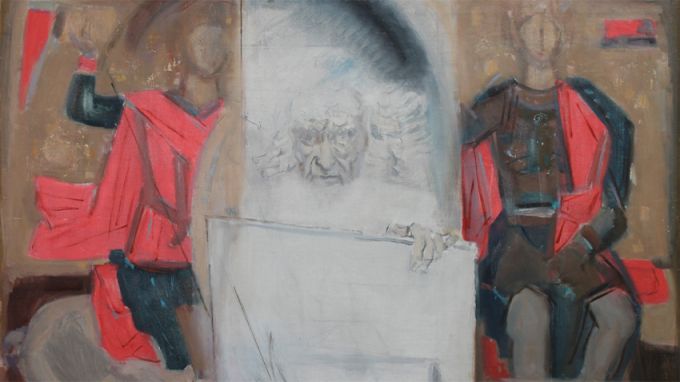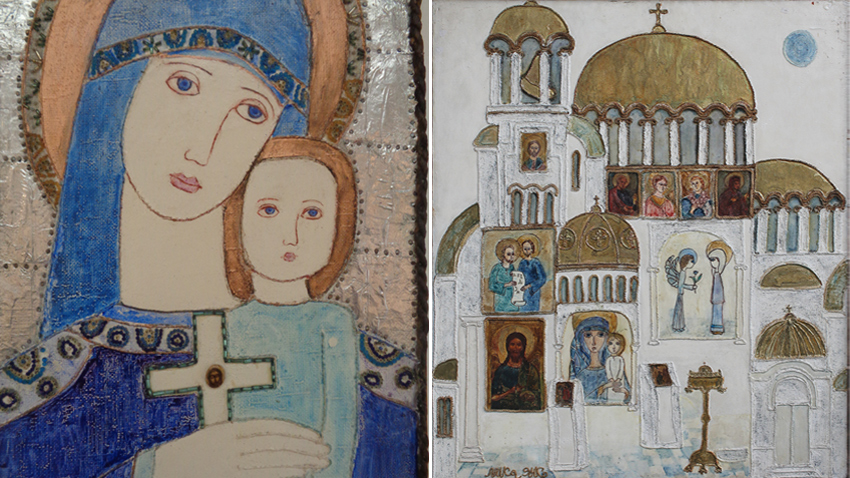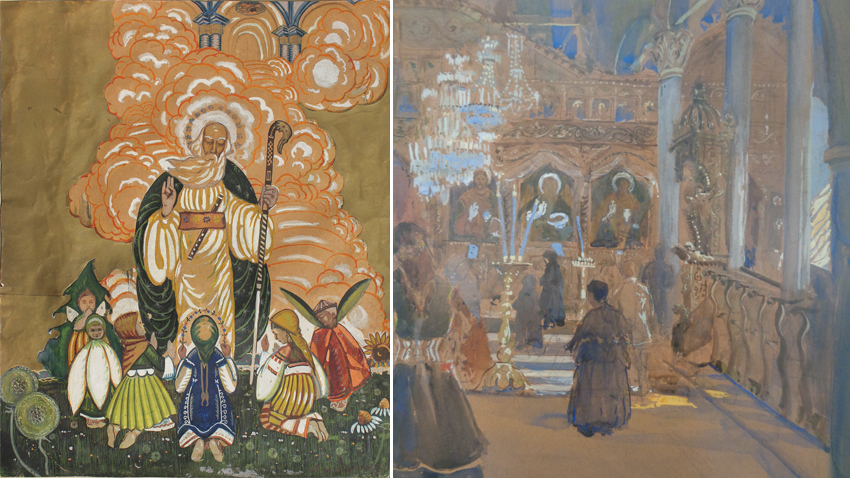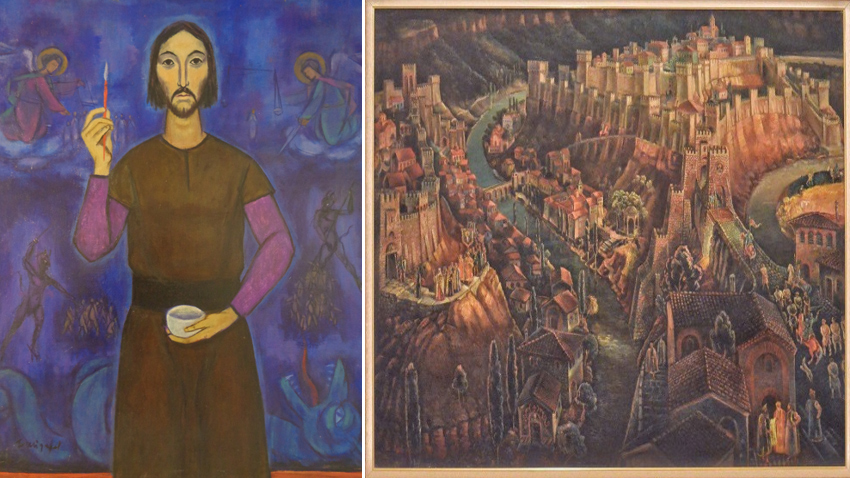 6
6
An exhibition named “The icon-a symbol and image in modern Bulgarian art” is on display at the Sofia City Art Gallery. It will last until February 4. The exposition is dedicated to the icon and its impact on the secular art. Over 100 works grouped into several thematic sections have been displayed at this exhibition.
“I have been interested in the topic related to the presence of the icon in the contemporary art or rather in modern art and secular works for nearly one and a half years, curator of the exhibition Lyuben Domozetski told Radio Bulgaria. I have been searching for authors who started to present icons in one way or another after Bulgaria’s liberation from the Ottoman rule. Some of the icons are part of the interior of the buildings, some are part of a landscape and some are part of a given ritual. Some authors present the icon as a starting point for new images which was typical of the 1920’s for instance when they were extremely popular in the Bulgarian secular art.”

“The interest towards medieval art increased in certain periods. If we look at some of the earliest foreign-born authors who came to Bulgaria we will find out that they were quite impressed by the antiquities they found. Everything was important for them-from the smallest detail on the colorful folk costumes of the local population to the smallest detail in the design of a Balkan Christian temple, including the icons placed on the church walls and the icons from the altar rails.”

Works of Austrian artist Joseph Oberbauer and Czech artist Joseph Peter who painted life in ancient Sofia are also present at the exhibition.

Icons are also shown in another context-during the presentation of paintings of historic nature which are connected with the medieval and national revival period and the topic related to the icon-painters. Artists are quite excited with these topics, Lyuben Domozetski points out. The icon for instance is present in composition linked with the Second Bulgarian Kingdom and its capital Tarnovgrad. It either watches over the head of the expectant mother, or the national revival hero is compared to a warrior on a horse who defeats the evil embodied in a dragon.

Five former students in Prof. Andrey Daniel's class gather on his birthday to continue a conversation they once started in the 51st studio of the National Academy of Arts. "Thoughts in Material" is the title of the exhibition..
T he exhibition "Mount Athos in Drawings and Photographs" opens tonight at the Bulgarian Cultural Institute in Berlin . The authors are the artist Andrey Yanev and the professor of art semiotics Miroslav Dachev. Admission is free, the institute said...
What would be the motivation in times of political crises, wars, migrant pressure and an unclear future to dream of a unified European university for film and media? An educated and cultured nation is much more difficult to manipulate..

+359 2 9336 661
